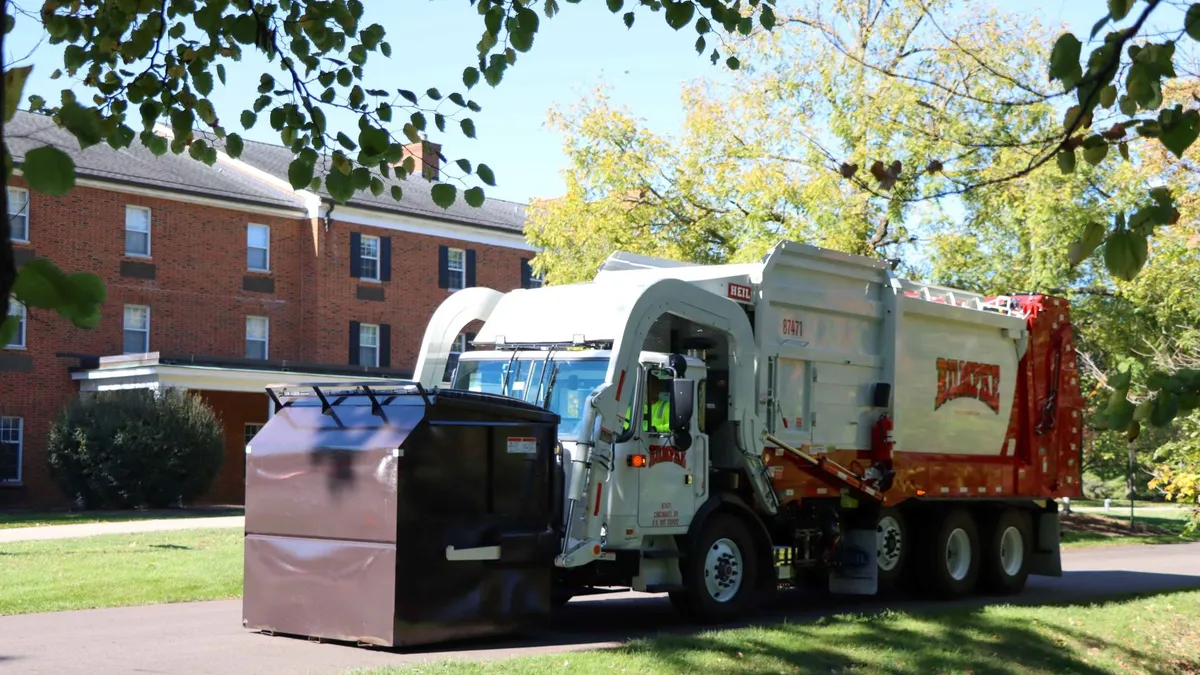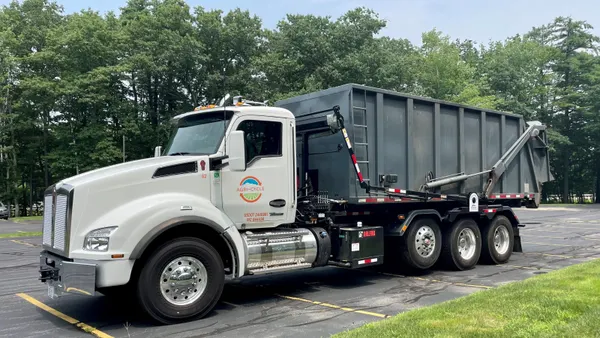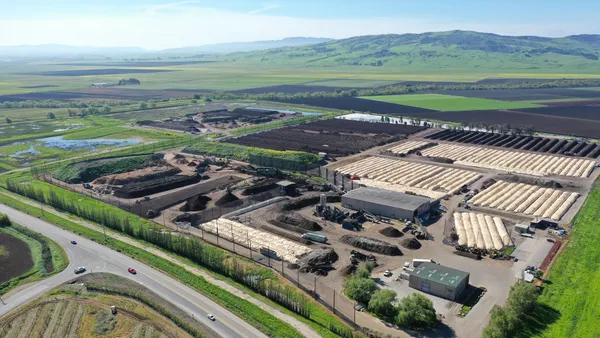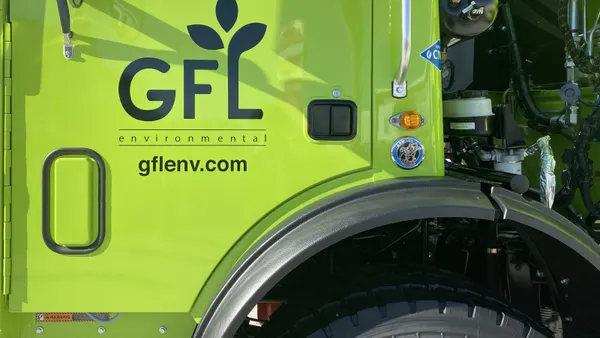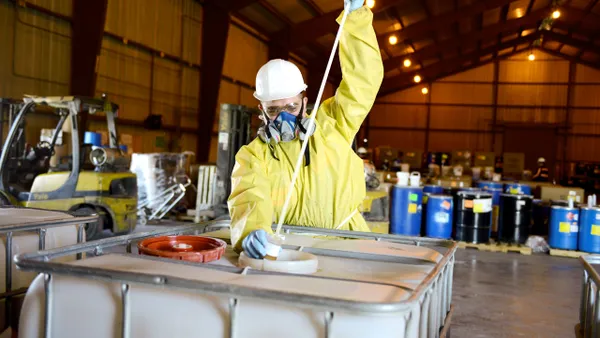All financial information is in Canadian dollars.
- Financial picture: GFL Environmental posted another strong quarter, with volumes from EPR contracts and other business exceeding expectations. The company posted 6.8% total organic growth, driven by 5.8% price growth and 2.5% volume growth across the business. Fuel surcharges and commodity prices weighed on the business slightly.
- GIP sale: CEO Patrick Dovigi said he hopes to close a sale of a significant stake in Green Infrastructure Partners, the private construction and infrastructure services business spun off from GFL in 2022, within the next two to three weeks. "I think we're on the five-yard line. We're down to two final bidders," Dovigi said on the call. Recent reports have valued GIP at $5 billion, significantly higher than the $250 million valuation GFL put the business at when it spun it off. GIP has since grown significantly through acquisitions. The company also reported a sale of a $24.4 million stake in its Q2 earnings release, which Dovigi said was part of an M&A deal in which a seller wanted an equity stake in GIP.
- M&A: GFL had a relatively slow start to the year on tuck-in M&A as it focused on larger transactions such as the sale of a stake in its environmental services business. Nevertheless, executives remain confident they can deploy $900 million into M&A this year. In the second quarter, GFL completed three small tuck-in acquisitions, Dovigi said. He also noted that a portion of the proceeds from the GIP sale will likely go toward acquisitions.
- Volumes: Volumes accelerated in Q2 ahead of expectations, and the company benefited from a relatively low exposure to cyclical markets compared to some of its peers, executives said. The company's strongest volume performance was in Canada, with 6.3% growth in the quarter as extended producer responsibility contracts continue to ramp up and provide more material. Without EPR, Canadian volumes grew about 2.5%. GFL also saw sequential growth in the U.S. in Q2. CFO Luke Pelosi said C&D waste was down 8% quarter over quarter across both countries.
- EPR/RNG: Pelosi said EPR volumes were boosted slightly in Q2 by additional tonnage going through GFL’s facilities that will eventually be rerouted elsewhere. The company’s long-term contracted volumes are still ramping up. GFL did not win an EPR contract in the Maritimes, but is still pursuing EPR contracts in Quebec and western Canada. "Everything is tracking to plan," Dovigi said. In its latest earnings release, GFL reported $86.3 million of incremental growth investments, a category that includes recycling and renewable natural gas facilities. That number is roughly in line with Q2 2024.
- Fleet: Currently, about 20% of GFL's fleet runs on compressed natural gas. Over the next few years, that proportion will increase to about 50%, partly due to major contracts in Toronto requiring a transition. The company is also changing a portion of its fleet to automated side loading rather than rear load in tandem with that change. Dovigi said the bulk of the fleet conversions will occur in 2026 and 2027.
- Currency questions: Pelosi said GFL will likely reach a point where the company will switch to the U.S. dollar as its functional currency "in the near to medium term,” though not in 2025. He said "the law of big numbers is going to have the U.S. portion of business grow at the faster clip.” In Q2, GFL faced minor headwinds from foreign currency translation, and its increased earnings guidance is undercut by less favorable conversion between the Canadian and U.S. dollar. Analysts also questioned whether the Trump administration’s approach to trade and economic policy changed GFL executives' financial calculus. Pelosi said "it's certainly something we give a lot of thought to," but noted that GFL has ways to mitigate potential impacts.
- Guidance: GFL raised its guidance slightly in several categories. The company projects revenue to total $6.55 billion to $6.575 billion, up about $110 million. It projects adjusted earnings before income, taxes, depreciation and amortization to total $1.95 billion and $1.975 billion, up about $50 million. Volume growth is now expected to be slightly positive rather than neutral, while pricing is now expected to be about 5.5% on the year. Those projections do not include any impacts from future M&A.







